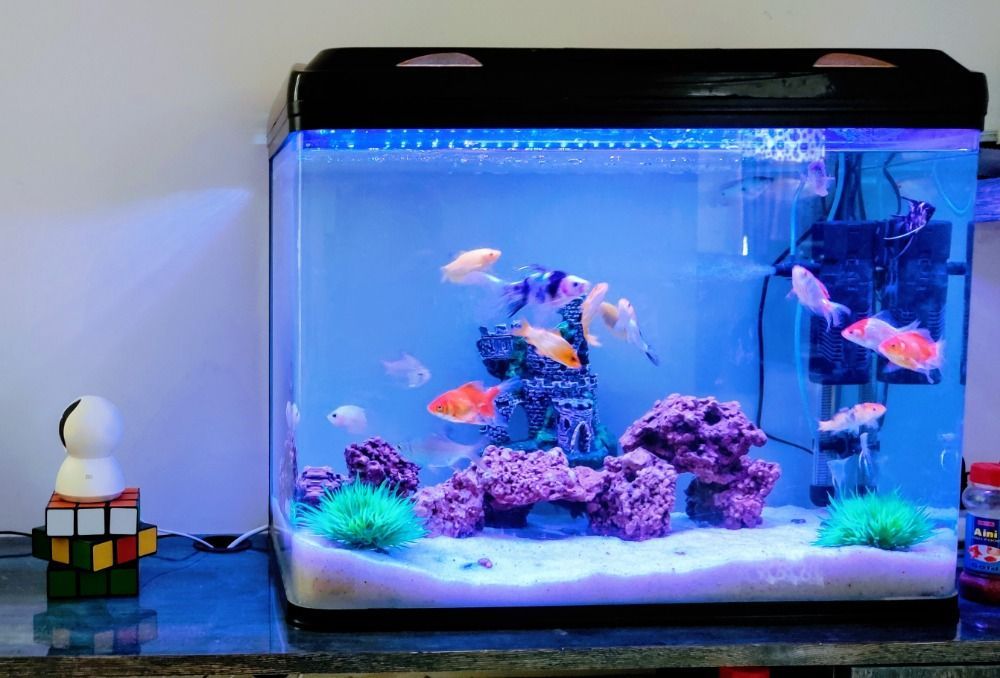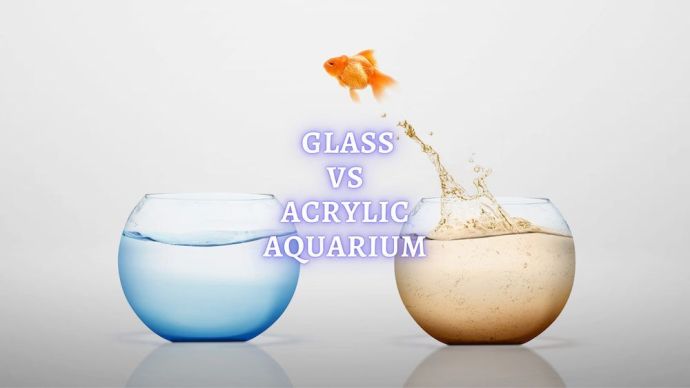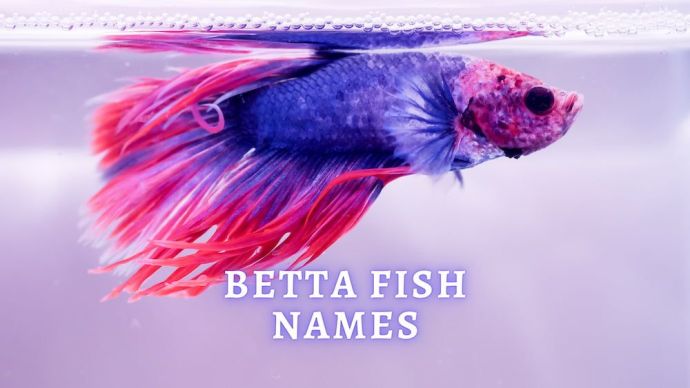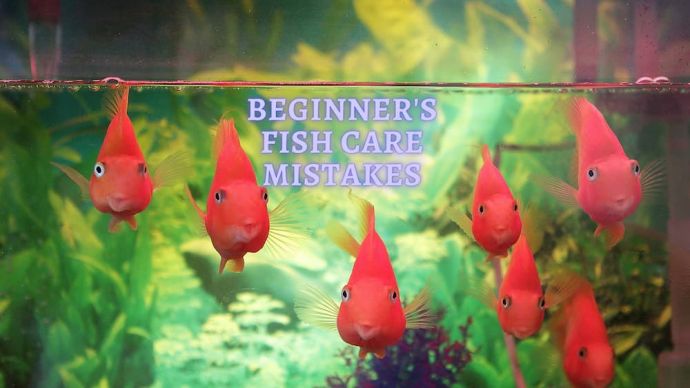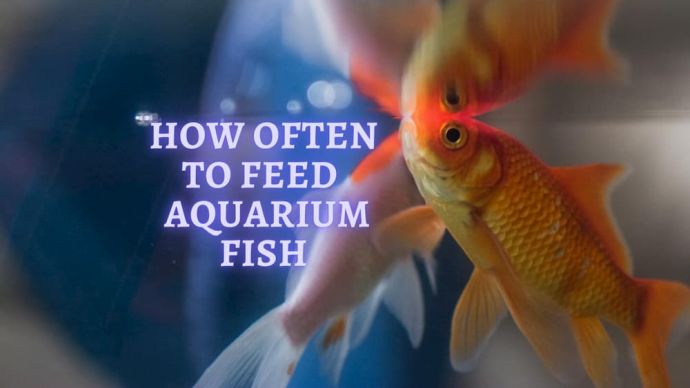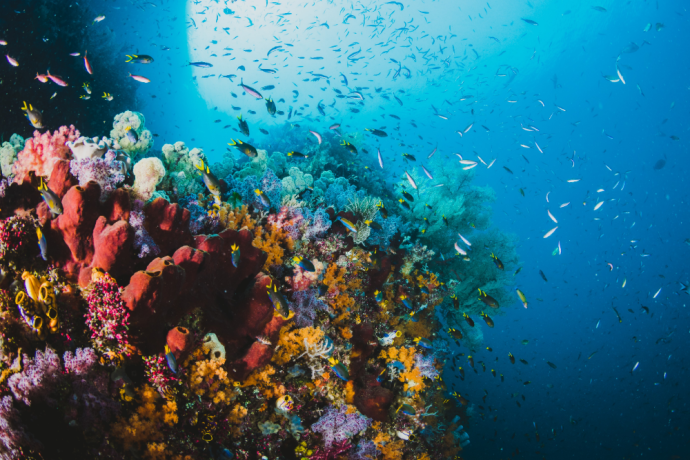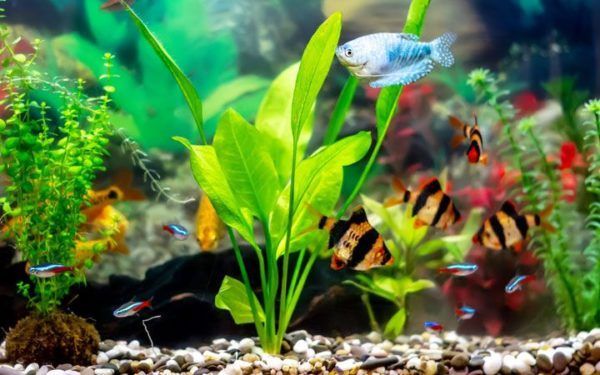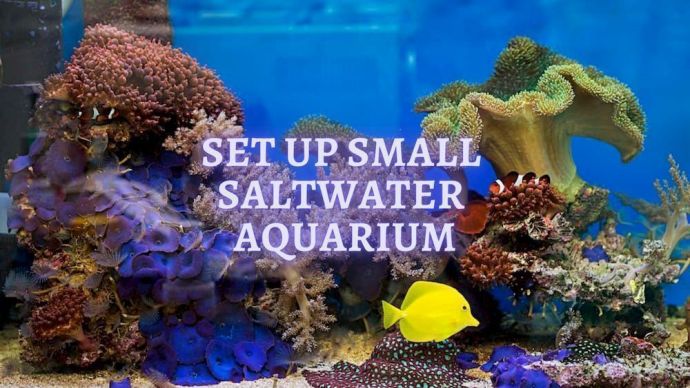Aquarium Temperatures
Written by:
Author: Alina Andreeva
Alina A. is a professional writer, editor, and pet-lover. She has published over 50 articles on how to care for pets properly. Alina has been writing articles for 3 years, so she has considerable experience in this niche. Her natural curiosity helps her to expand her knowledge and learn new pet care life hacks, which will make your life much easier.
View all 79 articlesLearn about our editorial process and veterinary review board.
Viewed: 887
Updated on: 12/16/2022
The well-being and health of fish in an aquarium depends on many factors. One of the most important is water temperature.
Keeping the temperature at the optimal level is a necessary part of fish care. It is essential to know the optimal range of habitat temperature for many fish so that the inhabitants of the aquarium can quickly develop and be healthy.
Why is it essential to maintain an optimal temperature for Plants and other Inhabitants?
Fish are creatures with cold blood. Therefore, their body temperature will ultimately depend on the water temperature in an aquarium.
When you maintain the optimal temperature in a tank, the fish feel comfortable, do not get sick, and the metabolic processes in their bodies flow smoothly. If the water is too cold, their internal processes slow down (some species may even “hibernate”), their immunity weakens, and fish become inactive and prone to any infection.
A too high temperature boosts the metabolic processes. Fish become restless and begin to experience a lack of oxygen that can lead to their death.
If the thermometer indicates a high temperature for a long time, this can lead to the fast aging and early death of fish.
Temperature changes are most detrimental to the inhabitants of an aquarium: a difference of 20-40 degrees can become hard-hitting for fish and, most likely, cause their death.
What is the optimal temperature?
Before setting up an aquarium, you need to carefully study how to look after each species of fish that you want to see in your tank: the fish will feel good and live long only if they are provided with comfortable conditions.
Most often, heat-loving exotic fish from tropical and subtropical regions become the inhabitants of aquariums where the temperature in the water bodies ranges from 75° F – 86° F all year round.
Fish native to South America, Asia and Africa will feel comfortable precisely at such indicators of a thermometer. Cold-water fish of northern latitudes prefer temperatures around 70° F. It is better to add fish with similar temperature preferences to one tank. If this is impossible, then the optimal temperature suitable for all types is considered to be 75° F – 79°F.
Each type of fish has its own upper and lower threshold for the maximum allowable temperature. Anything beyond this puts their lives at risk.
The recommended Temperature for each type of Fish
The water temperature for aquarium fish is an essential factor for a comfortable life and growth of pets. It’s no secret that the water temperature should be specific for each of the famous fish species:
- Guppies prefer to live at 73° F – 79° F. The lower limit is 57° F and the upper limit is 86° F. It is interesting that in cold water, the size of guppies increases, but their immunity decreases.
- Angelfish – the optimal temperature ranges from 75° F to 81° F. Limits are 66° F and 91° F. At temperatures of 81° F and higher, the phenotype grows faster and reproduces more eagerly, but the life span of the fish becomes shorter.
- Neons prefer warm water in their natural habitats. So, the best temperature is 73° F – 77° F. The lowest limit is 63° F, while the highest one is 84°F but this shortens the life span of the fish.
- Moonfishes – the optimal temperature is 72° F – 77° F.
- Cockerels – an acceptable temperature is 73° F – 77° F.
- Zebrafish – the temperature should be 70° F – 77° F.
- Gоurami – an environment within 72° F – 79° F is suitable for this species. The temperature limits can be extended from 68° F to 91° F; however, long-term living in such conditions can be fatal for these fish.
- Bellyfish – the best water temperatures should be 77° F – 81° F.
- Barbels prefer to live at 68° F – 81° F.
- Goldfish – acceptable indicators on a thermometer are 68° F – 75° F.
- Red-eared terrapins are thermophilic creatures. The optimal temperature is 75° F – 84° F.
Are the temperatures different for a saltwater aquarium?
The temperature for marine aquariums does not differ from the temperature in freshwater aquariums: it should range from 75° F to 79° F. Sudden changes in temperature can cause stress for fish, determine a rise in the level of disease or even cause death.
How to measure the temperature in an aquarium?
Since the lives of living organisms depend on the water temperature in an aquarium, do not forget to measure it. Estimating the temperature using your elbow or finger will not work. You should entrust temperature measurement only to professional devices.
How a water heater works
This is a device with the primary purpose of heating water to the required level and maintaining it within the established limits.
Each water heater is equipped with a temperature controller, thanks to which it is possible to heat water to the desired temperature.
In some models, there is also a temperature indicator that works even when the water heater is off.
What thermometer to use?
Experienced aquarists use only a special thermometer to measure the water temperature, which can be purchased at any pet store.
There are many different types of aquarium thermometers.
The most accurate is an immersion electronic or an external electronic thermometer with an immersion sensor. The most popular is a glass thermometer.
All thermometers can be divided into specific groups:
- Mercury thermometers are accurate. However, if they break, it can lead to the death of all living organisms in a tank.
- Liquid crystal thermometers look like a strip with a printed scale that sticks to the outside of an aquarium. They are whimsical and not accurate.
- Electronic thermometers are accurate but quite expensive.
- An alcohol thermometer is not as precise as an electronic one but better than a liquid crystal thermometer. They tend to wear out quickly and, therefore, lose accuracy.
Usually, thermometers are mounted in the middle layers of the water on the opposite wall from a heater.
How to keep the temperature normal?
An ideal option is to equip an aquarium with a water heater that automatically turns on and off when the set temperature is reached. As already mentioned above, this device cannot only heat the water to the optimal temperature but also keep it at this level.
To avoid temperature jumps, choose the place for installing a tank carefully. It should be away from heating appliances, air conditioners, direct sunlight, and drafts.
How to raise the water temperature by a degree?
- Find out the cause of the temperature drop: if the window is open, close it; if a water heater has broken, replace it.
- If you cannot replace the heater, you should lower a plastic bottle filled with warm water into the aquarium.
- Move the tank closer to a heat source, such as a radiator.
- You can immerse the external filter in a vessel with warm but not hot water.
How to lower the temperature during the summer?
- Identify the reasons for the temperature increase and eliminate them.
- Dip a plastic bottle with cold water into your tank.
- Increase the aeration in the aquarium: a compressor should work until it is possible to lower the temperature indicators.
- Enrich the water with oxygen: stir the water by hand or pour a 3% hydrogen peroxide solution ( 0.6 – 0.8 fl oz per 26 gallons).
The bottom line
The lives of all living organisms in the aquarium directly depend on the water temperature. You should look after your aquarium fish properly and monitor temperature conditions constantly. If you do not follow the individual requirements of phenotypes, you can lose your beloved pets prematurely or place the fish under stress.











